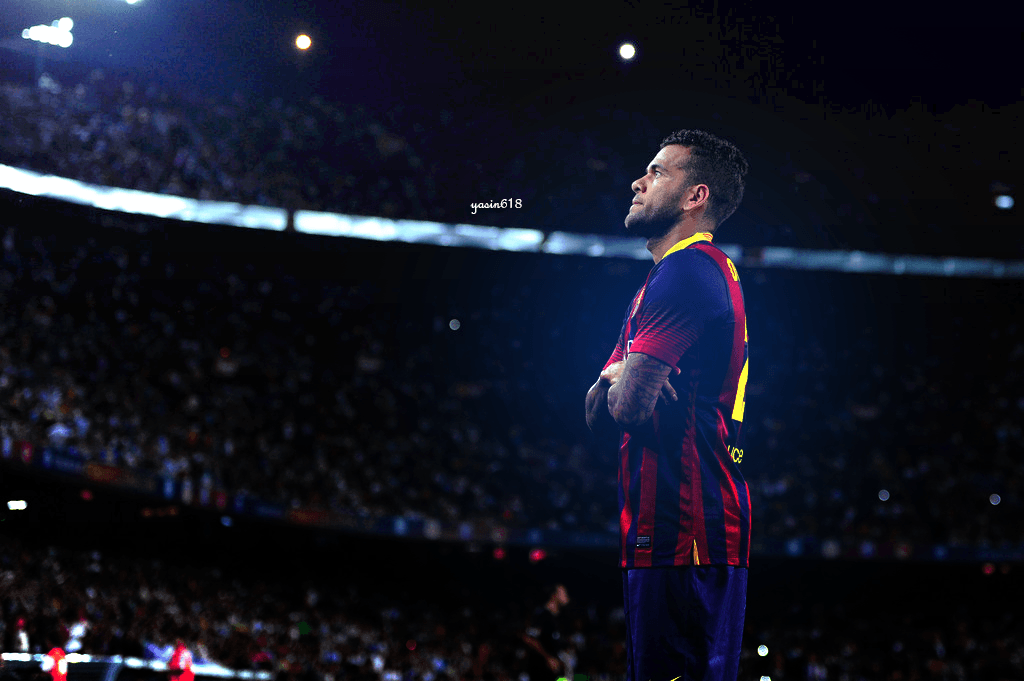The modern attacking fullback has many duties to perform. No longer is it enough to leave an opposition winger stud-pocked and bruised, a modern full-back must also present an attacking threat of his own. He must overlap his own winger, get to the byline and deliver a cross. A modern full-back must have pace, he must have discipline and positional sense, he must have good technique and great stamina and loads of energy to motor the whole flank on his own.
Perhaps the most famous full-back in the history of football, certainly in recent decades, is Paolo Maldini. He represented a different breed of full-back to those prominent in the modern game. Strong in the tackle, great in the air, and a gifted reader of the game, his defensive qualities gave him a splendid career lasting 25 seasons at one of the top clubs in Europe. But, he wouldn’t get into most modern sides. Certainly not as a left back. True – he was equally imperious at centre-back for AC Milan, and would certainly fit the bill with any top side today in his prime. But at full-back, the role has changed. His eventual replacement at Milan and for the Azzuri, Gianluca Zambrotta is much more attacking minded than the great Maldini. Zambrotta is facing a challenge for his Milan spot (where perhaps his utility is a drawback) from Luca Antonini – a converted left winger.
A lot has been written about the specialisation on midfielders and attackers – deep lying playmakers, trequartistas, false nines… traditional roles on the football pitch are blurring and redefining. An attacking full-back may seem to be an oxymoron, but there are few teams who don’t employ them these days. Teams like Barcelona in all football fixtures are characterised by full-backs so far up the pitch that the defensive midfielder (First choice being Sergio Busquets) is more often than not nearer his own goal than members of his back four. Brazilian Dani Alves spends more time in the opposition half than his own, giving width to a system that has converted strikers playing as wingers and drifting infield when in possession. Indeed, it is the prevalence of attacking midfielders than has prompted the high demand, effusive acclaim and high transfer fees for top quality defensive midfielders.
Brazilians have long been at the forefront of attacking full-back play. Carlos Alberto scored one of the most famous World Cup goals in history in 1970 whilst playing as a right-back, and a lot of the best modern attacking full-backs are Brazilian. Dani Alves, Maicon, Michel Bastos, Marcelo, Felipe, the da Silva twins and before all of those Roberto Carlos and Cafu are all more comfortable on the front foot. Such is the trend at the moment that quite often some full-backs at top clubs are somewhat questionable in defence. England’s current first choice right back Glen Johnson is better known for his attacking forays and occasional wonder goals than for his tackling and defensive prowess. On the other flank for the three lions, Ashley Cole – arguably one of the world’s best attacking left-backs – has the rare quality of looking just as comfortable playing one-twos on the opposition 18 yard box as he is slide tackling on the edge of his own. To see Ashley Cole playing so well for Chelsea over recent years is to wonder why successive England managers have struggled to find an answer to “the left midfield problem” over the years. Don’t forget that when breaking into the Arsenal team all those years ago he was keeping Sylvinho out of the side, who at the time was keeping Roberto Carlos out of the Brazilian national team.

The prevalence of attack-minded full-backs and the influence that they have on games is perhaps best illustrated by the praise given to those considered the best in this position. The emphasis given to the attacking duties for a full-back has become so dominant that full-backs that can actually defend are singled out. Gary Neville, for all his detractors on Merseyside and elsewhere, was considered one of the very best – because in addition to his famous close relationship on and off the pitch with David Beckham, he was a fantastic defender too. Towards the end of his career he curbed the attacking instincts to an extent, but in his pomp he was renowned for overlapping and getting crosses in, and also for covering back to win the ball back from wingers. Neville was an automatic name on both Manchester United and England team-sheets for ten or so years, earning 400 league appearances and 85 international caps. There’s no doubting that he revelled equally in the ire directed by opposition fans as he did in the support from his own. Gary Neville won eight Premier League winners medals, but came up short on the international scene. Not his fault really….
Necessity being the mother of invention,as soon as the death of the conventional winger became apparent,the full back was pushed forward to provide width. Although some players like Dani Alves have have blurred the lines between a full back and a wide midfielder,there is a world of difference between those two. And you require different skillsets for both. Arriving from deep and running into space is what the full back must do and as Dani Alves discovered it is just not the same when you are playing as a midifielder.
-Tom Nash
-Tom Nash
You can read other articles in the series Football Tactics for Beginners
If you are interested to contribute to this series or write on anything else,please click here.
If you want us to write on some particular topic,please mention it in the comments.










Recent Comments